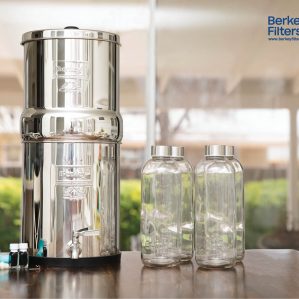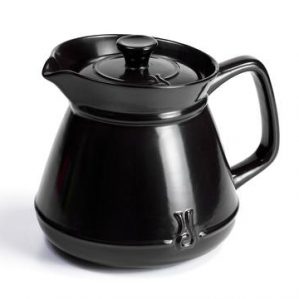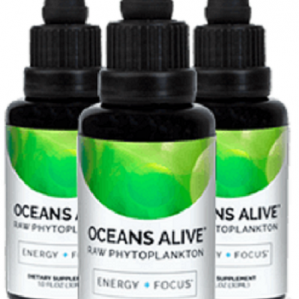What You Need To Know About Near-Infrared Sauna and Cancer – No One Talks About These 4 Simple Types
Near-Infrared Sauna and Cancer – No One Talks About The 4 Types and What You Need to Know
Overview:
Sauna heat therapies have been used for centuries to promote relaxation and rejuvenation. Thought to have originated in Finland about 2,000 years ago, saunas still remain an important part of socio-cultural life in some parts of the world. The word ‘sauna’ literally translates as ‘bath’ or ‘bathhouse.’ The tradition of bathing in a sauna was believed to cleanse the body and mind, relax sore muscles, improve sleep, and alleviate psycho-emotional stress.
While electric sauna heaters have their own benefits, infrared saunas have been gaining popularity in recent years. Unlike a traditional sauna that heats the air around you to create high temperatures, an infrared sauna uses lamps that emit electromagnetic radiation (of infrared frequency) to heat directly the body.
The Amazing Suana Space Zero EMF Near-Infrared Sauna Review
What is an infrared sauna?
Infrared light is a type of electromagnetic radiation that is invisible to the human eye, but we can feel it in the form of heat. Sunlight reaching the earth’s surface contains about 50-55% infrared light, which we experience as warmth on our skin. Infrared radiation carries lower energy and has less frequency than the visible light spectrum – and hence has a longer wavelength that can easily penetrate deeper tissues, activating sweat glands and healing tissues.
Operating at a temperature that is 25-30 degrees lower than traditional saunas, this light therapy can raise the core body temperature without heating the room, producing exercise-like effects like vigorous sweating and increased heart rate. As a result, you experience various benefits of heat and light therapy, such as relaxed muscles, reduced stress levels, enhanced detoxification, and accelerated wound healing. Some limited studies have also found them beneficial in weight loss and heart diseases.
Types of infrared saunas
Based on the frequency of electromagnetic radiation used, infrared saunas can be of various types.
Near-infrared (IR-A) sauna: This type of sauna uses infrared light of the highest energy and shortest wavelength, which usually ranges between 760nm to 1400nm. The general rule says: the shorter the wavelength of radiation, the deeper the penetration. Radiation from a near-infrared sauna can penetrate up to 5mm beneath the skin. Some studies have shown that near-infrared saunas may help stimulate cellular ATP production, promote regeneration of skin cells, improve skin appearance, strengthen muscles, and help with arthritic pain.
Mid-infrared (IR-B) sauna: They use infrared radiation of wavelengths ranging from 1400nm to 3000nm. Radiation from a mid-infrared sauna can penetrate softer tissues and provide relief from inflammation.
Far-infrared (IR-C) sauna: Far-infrared sauna uses radiation that carries the lowest energy and has the longest wavelength, which ranges from 3000nm to 1mm. Though far-infrared light is considered the safest radiation for a sauna, with minimal side effects, its penetration into the skin is also the minimum.
Radiation of this type is absorbed mainly by the water in our bodies, because of which it can penetrate only up to 0.1mm beneath the skin. Nonetheless, this therapy activates sweat glands and therefore promotes deep tissue cleanse. Studies have shown that far-infrared saunas may help reduce pain and swelling and help improve the quality of life in people with cardiovascular diseases.
Full-spectrum infrared sauna: A full-spectrum sauna uses all three kinds of infrared lights to provide wide-ranging benefits as well as risks.
SAUNA THERAPY: 5 AMAZING HEALTH BENEFITS OF SAUNA THERAPY
Near-infrared sauna and cancer – what research says

In a 2009 study, exposure to infrared radiation was shown to support the survival of UV-damaged cells, which may increase the chances of surviving cells becoming cancerous. A 2005 study has shown that near-infrared radiation may induce skin wrinkling and increase the effect of UV-aging.
On the other hand, numerous studies have shown that light therapy with a near-infrared sauna can help improve skin texture, increase structural proteins like collagen and elastin, reduce facial wrinkles, soothe skin inflammation, and improve mood. A 2021 study suggested that mimicking the sun’s infrared light (as in the case of near-infrared saunas) is actually therapeutic for skin tissues. A few minutes of exposure to the morning sun promotes a healthy skin barrier and may help prevent sunburn.
However, researchers pointed out that the benefits of near-infrared exposure are highly dose-dependent, and higher doses may cause negative health effects. Chronic or repetitive exposure was found to be associated with increased free radicals, collagen degradation, skin aging, and increased growth rate of existing tumors. This study also suggested that infrared saunas that use pure far-infrared radiation while completely eliminating near and mid-infrared bands are relatively much safer and provide wide-ranging benefits.
Risks and safe practices near-infrared sauna
Near-infrared saunas are generally safe for most people, except those who are prone to dehydration. It is not considered safe for pregnant women, those with fluctuating blood pressure, and people who are taking certain medications, such as diuretics. One of the most common side effects of infrared saunas is overheating, which can be dangerous for people with kidney disease.
Taking alcoholic beverages, caffeine, or carbonated drinks before going for sauna sessions is not recommended, as it can further dehydrate your muscles, making you feel dizzy and lightheaded rather than relaxed. Instead, drink plenty of water before and after the therapy.
Final thoughts
Near-infrared saunas are popularly used as a cooler alternative to traditional saunas. Their potential health benefits include rejuvenation of cells, decreased inflammation, accelerated muscle recovery, improved skin appearance, enhanced sleep, and better management of pain. While some experts have suggested a possible link between near-infrared therapies and an increased risk of cancer, studies so far have not been conclusive.
However, higher exposure levels and repetitive use have been known to cause several adverse health effects. On the other hand, far-infrared saunas are considered a relatively safer way to enjoy the benefits of light therapy, such as deep tissue detox and improved circulation.
To Your Health!
References
https://www.ncbi.nlm.nih.gov/pmc/articles/PMC4745411/
https://pubmed.ncbi.nlm.nih.gov/16118013/
https://www.ncbi.nlm.nih.gov/pmc/articles/PMC5941775/
https://pubmed.ncbi.nlm.nih.gov/21951023/
https://www.ncbi.nlm.nih.gov/pmc/articles/PMC2359619/
https://www.jidonline.org/article/S0022-202X(15)34338-4/fulltext




























0 Comment